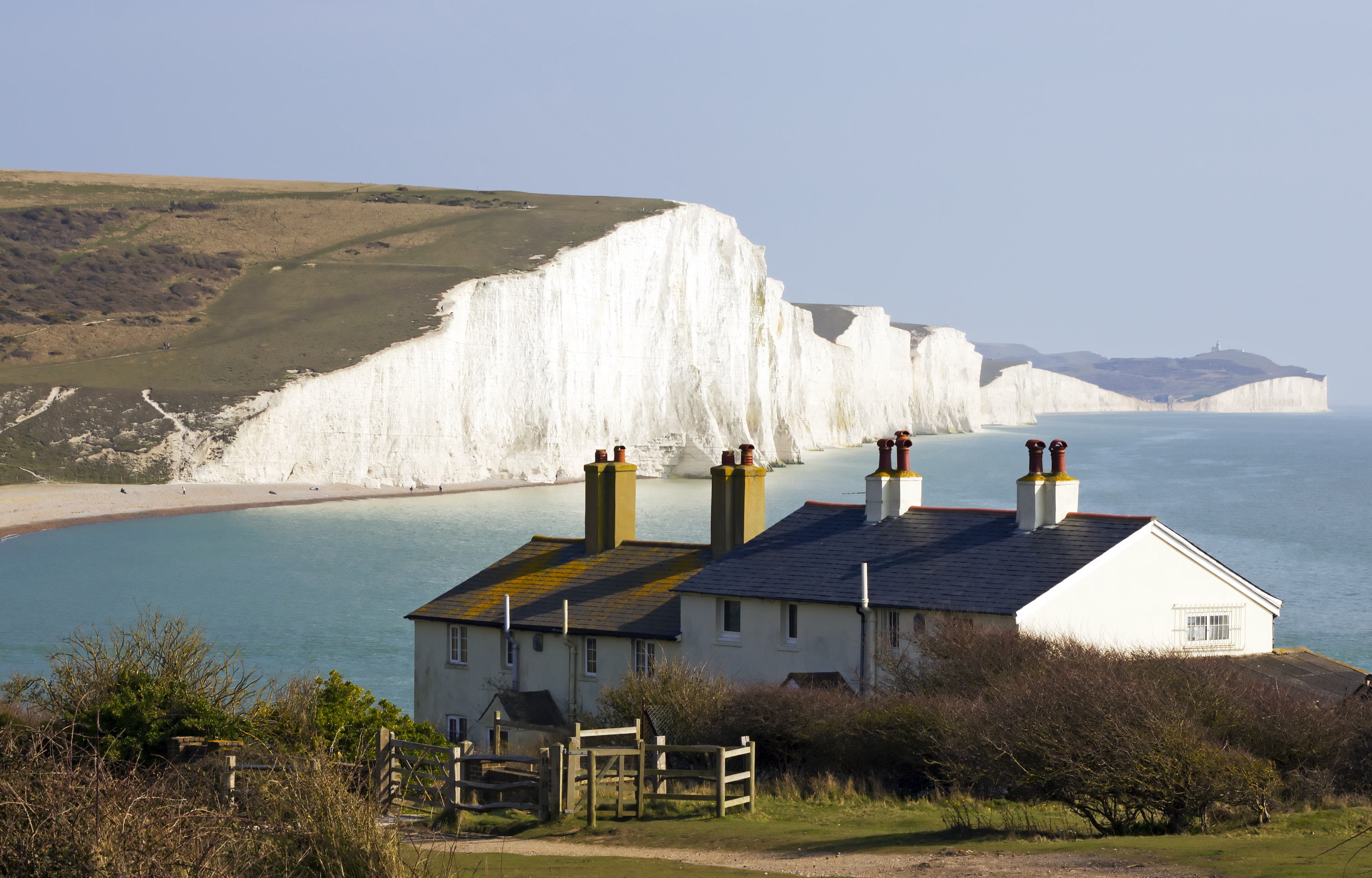
Chinese investment is focused on London. And apparently it has only one intention – to be BIG.
The Guardian’s report of international real estate show, MIPIM, states that the presence of Asian investment in the UK is overwhelming. MIPIM is held over 4 days and gathers the most influential international property players from all sectors. “A delegation of about 100 Chinese investors, developers and construction companies visited on Wednesday afternoon to meet council leaders and land agents”, states the Guardian.
We often hear brash statements and superlatives from developers who are looking to market their developments above and beyond anything that has been achieved before. But when Chinese president Xi Jinping comes to London with the alleged intention of spending £30bn, it seems, that this time it could be true.
However, all of this financial input and development is not being met with unreserved applaud. Those who have made their lives living and working within the UK Capital City fear that all of this international investment from super-wealthy individuals and companies could push prices out of reach of the “normal” resident. And this is in a city that is already known as being the second most unaffordable in the world. “Most of these places will sit empty, so it’s doing nothing to help the housing crisis”, says Glenn McMahon of the campaign group Tower Hamlets Renters. Indeed, is this actually an example of using property development as a vehicle for marketing brand names, rather than supply and demand. For example, of the 494 flats in One Nine Elms – which start at £1.3m – only 57 will be classed as “affordable”.
Dawson & Associates often surveys property within London and therefore frequently views tiny properties with enormous price-tags. This is, of course, a standard that is set for many capital cities worldwide due to the volume of business that is conducted within its parameters. And each capital feels the competition of keeping up with the latest designs, technologies and super-sizes of another. But here, perhaps, we see the first instances of London’s landscape becoming comparable with the extremes of Dubai.





